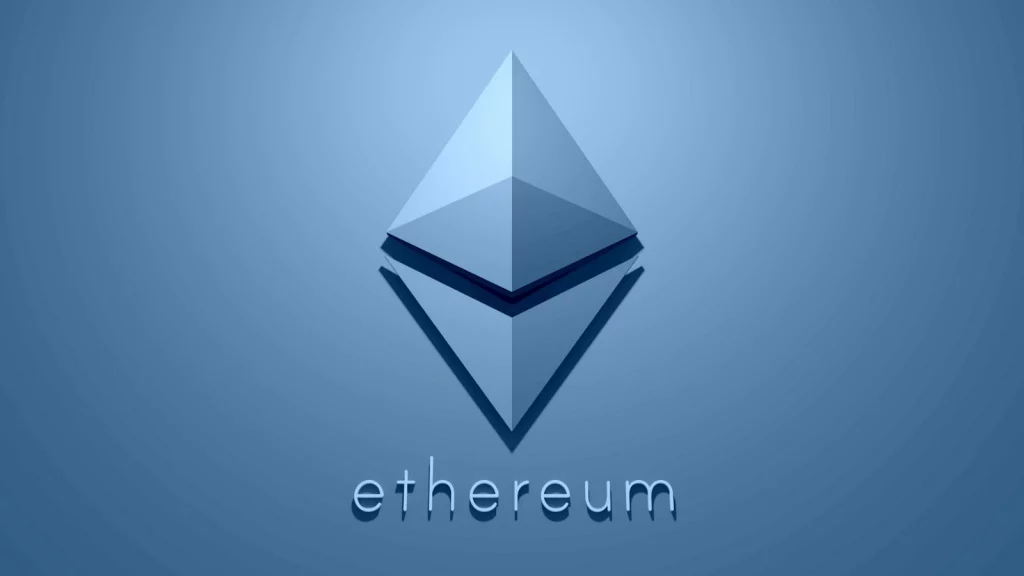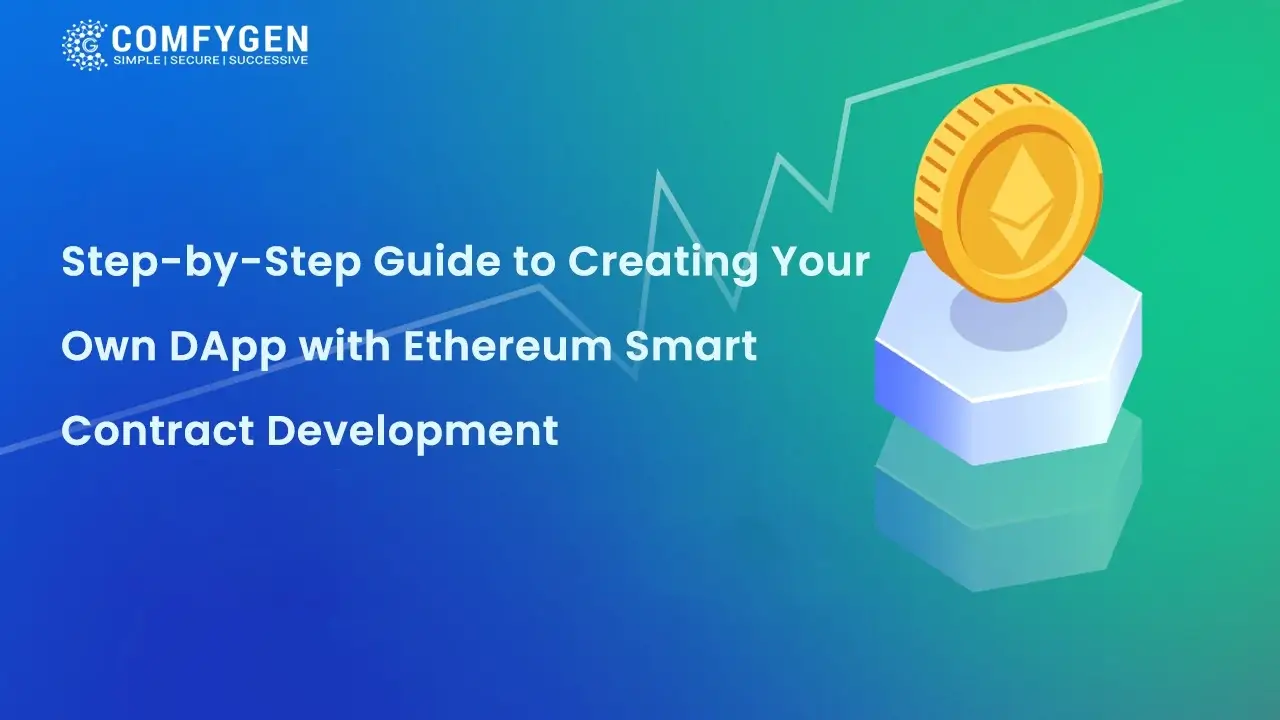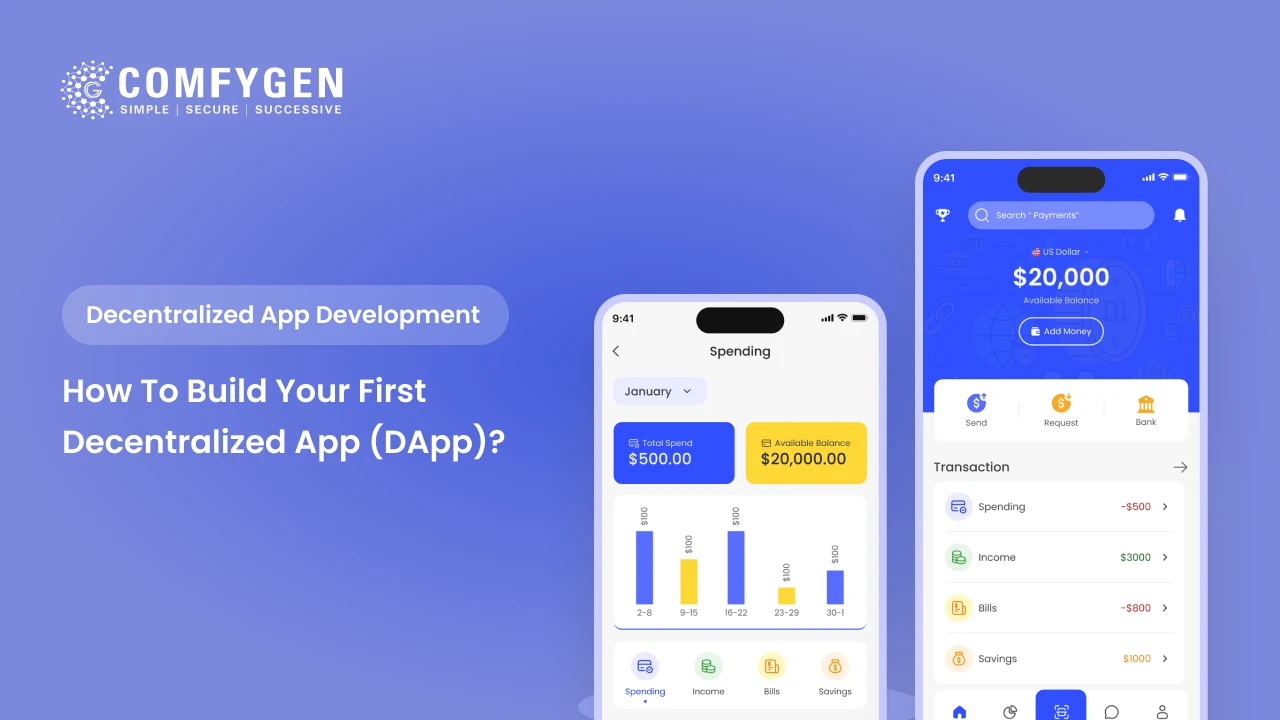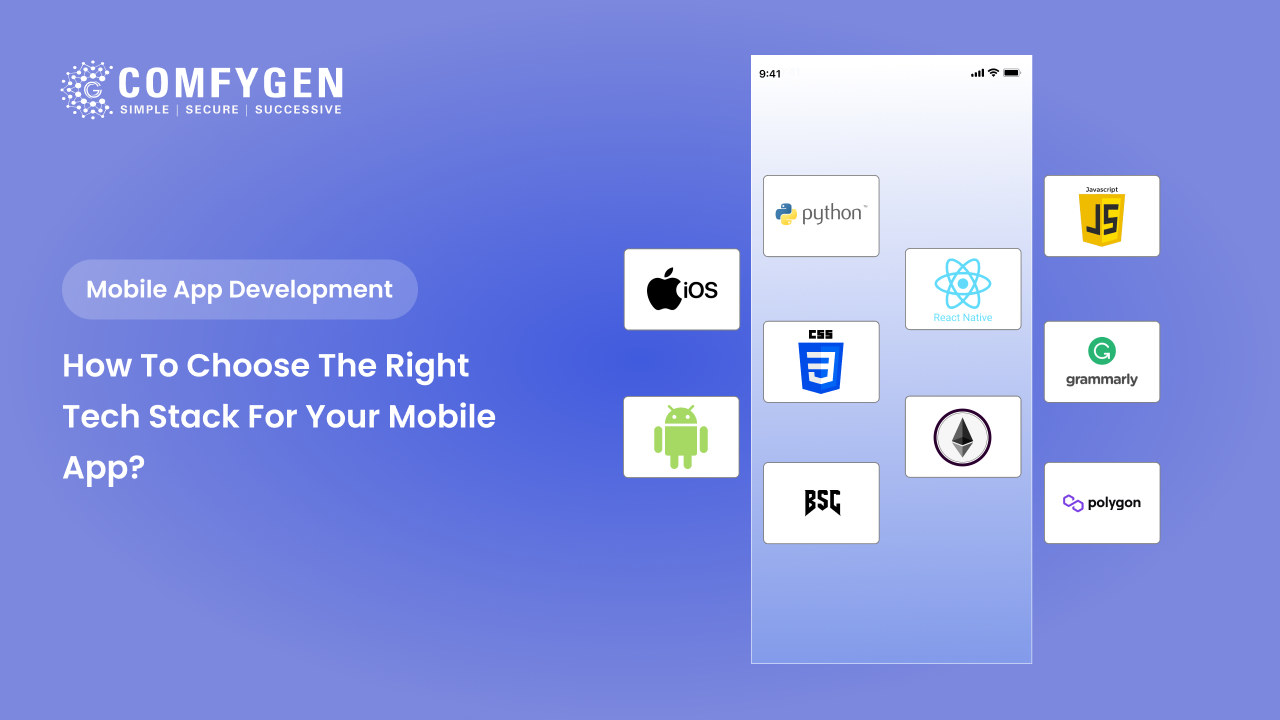Creating Your Own DApp with Ethereum Smart Contract Development: A Step-by-Step Guide!
Ethereum Smart Contract: A blockchain is a distributed, decentralized ledger that records transactions in a way that is secure, transparent, and tamper-proof. It consists of a chain of blocks that contains information about transactions, and each block is connected to the previous one, creating a chronological record of all transactions.
The information on the blockchain is stored across a network of computers, making it resistant to tampering and hacking. Each block contains a unique cryptographic code called a “hash,” which makes it virtually impossible to alter any previous blocks in the chain without being detected.
Blockchains are commonly associated with cryptocurrencies, such as Bitcoin, but they have applications beyond financial transactions. They can be used to record and verify any kind of data, such as property ownership, supply chain management, voting records, and more. Blockchain technology has the potential to increase efficiency, security, and transparency in various industries.
What is Ethereum?

Ethereum is an open-source, decentralized blockchain platform that allows developers to build and deploy decentralized applications (DApps). It was created in 2015 by a programmer named Vitalik Buterin.
Like Bitcoin, Ethereum has its own cryptocurrency called Ether (ETH), but its primary focus is to enable the development of smart contracts and DApps, which can be used for a wide range of purposes such as decentralized finance (DeFi), gaming, identity verification, supply chain management, and more.
Ethereum uses a proof-of-work consensus algorithm, but it is currently in the process of transitioning to a proof-of-stake algorithm called Ethereum 2.0. This upgrade is expected to improve scalability, reduce energy consumption, and make the network more secure.
Ethereum has become one of the most widely used blockchain platforms in the world, with a large and active developer community and many high-profile projects and applications built on top of it.
Also read: How to Build an Ethereum Smart Contract in 7 Easy Steps
A Step-by-Step Guide!
Decentralized applications, or DApps, are becoming increasingly popular in the world of blockchain technology. These applications use smart contracts to execute code on a distributed network, making them transparent, secure, and efficient. Ethereum is one of the most popular platforms for developing DApps, and in this step-by-step guide, we will show you how to create your own DApp using Ethereum smart contract development.
Get free Game Demo
Ready to Build Your Own DApp?et Started on Your Ethereum Smart Contract Development Journey!
Step 1: Define the Use of the Case
Before you begin developing your DApp, you need to define the problem you want to solve and the use case you want to address. This could be anything from a financial application, a supply chain management system, or a gaming platform. Once you have a clear use case in mind, you can move on to the next step.
Step 2: Choose Your Tools
To create your DApp, you will need a few tools. First, you need a text editor to write and edit your smart contract code. Second, you need a compiler to translate your code into bytecode that can be executed on the Ethereum network. Third, you need a test network to test your smart contract before deploying it on the main network. Some popular tools for Ethereum smart contract development include Remix, Truffle, and Ganache.
Step 3: Write Your Smart Contract
The smart contract is the backbone of your DApp. It defines the rules and logic of your application and is executed on the Ethereum network. Smart contracts are written in a language called Solidity, which is similar to JavaScript. The contract should define the data types and variables you will use, as well as the functions that will be executed on the network.
Step 4: Test Your Smart Contract
Before deploying your smart contract on the main network, you should test it on a test network. This will help you identify any errors or bugs in your code and ensure that your contract works as expected. Popular test networks include Ropsten, Rinkeby, and Kovan.
Step 5: Deploy Your Smart Contract
Once you have tested your smart contract, you can deploy it on the main network. This will require you to pay a fee in Ether to cover the cost of executing the contract. Once the contract is deployed, it will be executed on the Ethereum network, and its code will be stored on the blockchain.
Step 6: Build Your Front-End
Once your smart contract is deployed, you can build the front end of your DApp. This will be the user interface that your users will interact with. You can use web development tools such as HTML, CSS, and JavaScript to create your front end. You will also need to use a tool like Web3.js to interact with your smart contract on the Ethereum network.
Step 7: Test and Deploy Your DApp
After you have built your front end, you should test your DApp to ensure that it works as expected. Once you are satisfied with your DApp, you can deploy it on the main network for others to use.
Also read: Smart Contracts and Blockchain: A Powerful Combination for Business Applications
Conclusion
Creating a DApp with Ethereum smart contract development can be a challenging but rewarding experience through Comfygen. By following the steps outlined in this guide, you can create a secure and efficient application that leverages the power of blockchain technology. Whether you are building a financial application, a supply chain management system, or a gaming platform, Ethereum smart contract development provides a flexible and powerful platform for creating DApps.
Quick Contact Us: Call/WhatsApp: +91 9587867258 Skype: [email protected] Email: [email protected]

Mr. Saddam Husen, (CTO)
Mr. Saddam Husen, CTO at Comfygen, is a renowned Blockchain expert and IT consultant with extensive experience in blockchain development, crypto wallets, DeFi, ICOs, and smart contracts. Passionate about digital transformation, he helps businesses harness blockchain technology’s potential, driving innovation and enhancing IT infrastructure for global success.










